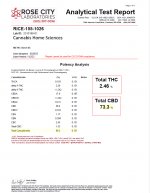M
marygrace
I put in freezer for 24h , with ice to keep the temperature as low as possible , to facilitate filtering of waxes , being solid .
a coffee filter for filtration .
I poured the oil and alcohol solution quickly and put back in the freezer for finishing filtration . This stage is crucial to keep the temperature low , to prevent fats back into solution .
What i was able to filter .







